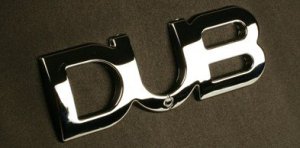In Jamaica during the 1950s, American R&B was most popular, though mento (a form of folk music) was more common in rural areas. A fusion of the two styles, along with soca and other genres, formed ska, an extremely popular form of music intended for dancing. In the 1960s, reggae and dub emerged from ska and American rock and roll.


Starting the late 1960s, a rock-influenced form of music began developing — this was called rocksteady. With some folk influences (both Jamaican and American), and the growing urban popularity of Rastafari, rocksteady evolved into what is now known as roots reggae. In the 1970s, a style called Lovers rock became popular primarily in the United Kingdom by British performers of ballad-oriented reggae music. The 1970s also saw the emergence of Two Tone in Coventry, England, with bands fusing ska and punk, as well as covering original ska tracks. Punk band The Clash also used Dub and reggae elements.
Dub emerged in Jamaica when sound system DJs began taking away the vocals from songs so that people could dance to the beat alone. Soon, pioneers like King Tubby and Lee Scratch Perry began adding new vocals over the old beats; the lyrics were rhythmic and rhyme-heavy. After the popularity of reggae died down in the early 1980s, derivatives of dub dominated the Jamaican charts. These included ragga and dance hall, both of which remained popular in Jamaica alone until the mainstream breakthrough of American gangsta rap (which evolved out of dub musicians like DJ Kool Herc moving to American cities). Ragga especially now has many devoted followers throughout the world.
Reggaeton is a fusion of reggae and rap, popular in Latin America, but gradually appearing in the mainstream charts.

Great web site. Lots of useful info here. I am sending it to
several friends ans additionally sharing in delicious. And naturally, thanks for your effort!